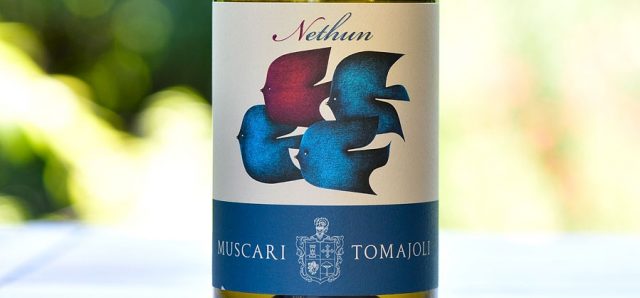Valdarno di Sopra Day 5/16/2023
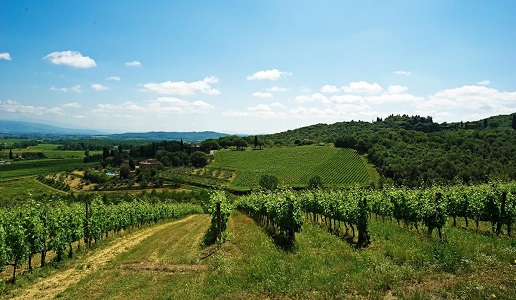
Two disruptive choices for plans for the future that is already here: the Vigna indication and mandatory organic certification for all. But the road to getting the green light to ratify the production specification is all uphill.
The search for and exaltation of "territoriality" is a phenomenon that is expanding in Italy with the speed of a pandemic. The need to overcome the genericism of our system of defining Denominations of Origin has been felt by everyone and for many, many years, but the force of commercial reasons has so far held back a more precise and timely definition of the provenance of wines.
Piedmont was among the first to set an example with the establishment of MGAs, additional geographical mentions. Soave and Chianti Classico took a further step forward with UGAs, additional geographical units, followed by the birth of numerous local producer aggregations. Vino Nobile di Montepulciano has taken a further step forward with Pievi. Generic Chianti is suffering the same fate as its big brother with new producer organizations such as Colli Fiorentini or Montespertoli, while Rufina has moved cautiously, avoiding the difficult disciplinary changes and introducing a voluntary label, Terraelectae, very close to the French concept of Cru. Across the national scene, many other entities are moving in this direction, such as Romagna with the collective brand Rocche di Romagna, which follows the already open path of MGAs.
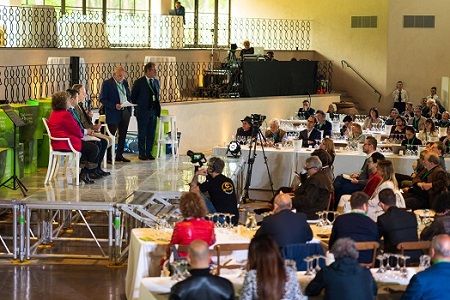 Valdarno di Sopra fits into this scenario and does so with some choices that overwhelmingly characterize the project. Two of these in particular are being hotly debated: the Vigna designation and mandatory organic certification for all.
Valdarno di Sopra fits into this scenario and does so with some choices that overwhelmingly characterize the project. Two of these in particular are being hotly debated: the Vigna designation and mandatory organic certification for all.
Valdarno di Sopra can boast of being one of the oldest appellations of origin in the world, thanks to the proclamation of Cosimo III de' Medici that delimited its production territory as early as 1716. Disappearing from the scene until the conclusion of World War II, when it was first assimilated into Chianti, then into the Colli Aretini subzone, the appellation re-emerged on the DOC scene in 2011 with a specification inspired by broad inclusivity and with two unlikely subzones such as Pietraviva and Pratomagno. Today, the wind of renewal blowing among producers speaks of a simplification of the disciplinary with the abolition of the sub-areas and the inclusion of the mention "vineyard" and compulsory organic certification for everyone, no one excluded. A difficult operation vis-à-vis producers' consensus and vis-à-vis political consensus.
Fous on the conference: the 4 priorities
Four priorities were launched by the Consortium as topics of discussion and debate for this conference: Territory, Climate, Vineyard, and Organic.
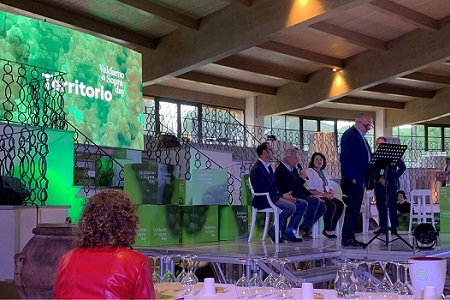 Territory
Territory
Territory means characterization and expressiveness. In the past, Valdarno was synonymous with white grape varieties. It is later believed to have been the area of origin of small Sangiovese, while in more recent times both international varieties and some almost abandoned varieties such as Foglia Tonda or Pugnitello have spread successfully. Territorial expression is more important than that of the grape variety, and here we find a first fundamental difference with other areas where Sangiovese has been given preference as the representative grape variety of Tuscany. Valdarno's position would seem to go in the direction of the recent criticisms that have been made of single-vineyard wines in favor of blending multiple varieties in relation to the new reality of global warming.
Climate
Valdarno di Sopra enjoys the presence of the Arno River as an essential factor of climate regulation and thus susceptibility to vine diseases. According to Riccardo Cotarella, such a situation, combined with climate change and good use of technology with precision viticulture, can even lead to better results than those obtained with constant climate. Other technological advantages will come from the ongoing studies curated by Gabriella De Lorenzis, from the State University of Milan, a collaborator of Professor Attilio Scienza, aimed at being able to work with natural Dsrna molecules, synthesized in the laboratory but that the plant already produces, which eliminate some of the plant's resistance inhibiting functions.
Vineyard
As mentioned for the terroir, Valdarno di Sopra has chosen not to introduce Additional Geographical Mentions or Units in the specification, but wants to favor the timely adoption of the Vigna mention on the label. The focus is on the best estate vineyards. In this aspect the project seems to approach the concept of the Terraelectae of Rufina, but without the limitation of Sangiovese alone. This choice leads to the conclusion that Valdarno di Sopra wine should be recognizable by specific characteristics that would go beyond the grape variety, while its higher or lower quality value would derive from the vocation of the individual vineyard and for that particular grape variety.
Organic
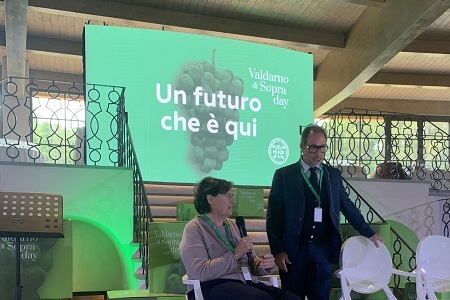 Here lies the most innovative and disruptive aspect of the project. The producers have requested that the specification include a requirement for organic certification. For those familiar with ministerial and EU bureaucratic processes, this choice appears courageous, bordering on the reckless. First, the Consortium worked to gain acceptance from a qualified majority of currently operating producers, and even managed to reach unanimous agreement. But this was not enough, and the dossier, as President Luca Sanjust and Director Ettore Ciancico have complained, got stuck in the rooms of the Ministry of Agriculture and is still under observation.
Here lies the most innovative and disruptive aspect of the project. The producers have requested that the specification include a requirement for organic certification. For those familiar with ministerial and EU bureaucratic processes, this choice appears courageous, bordering on the reckless. First, the Consortium worked to gain acceptance from a qualified majority of currently operating producers, and even managed to reach unanimous agreement. But this was not enough, and the dossier, as President Luca Sanjust and Director Ettore Ciancico have complained, got stuck in the rooms of the Ministry of Agriculture and is still under observation.
One hope for overcoming the momentary impasse came from the testimony of Nicoletta Dicova, ambassador for Italy of the Cava DO, the famous and powerful sparkling wine area on the outskirts of Barcelona. The Cava Consortium has included in specifications the requirement for organic certification, although only for the high end of production. This could set a favorable precedent for the cause of Valdarno di Sopra. Unfortunately, however, Dr. Roberta Cafiero, representing Masaf in video conference, expressed general agreement for the idea being virtuous in itself, but stressed that the Denominazione di Origine system is about a product designation, while the organic product system is about a method certification. He added that putting both of these factors as mandatory conditions is not normatively (and I would add politically) simple. In short, a rather stark statement of closure, although accompanied by words of openness to constructive discussion on the issue.
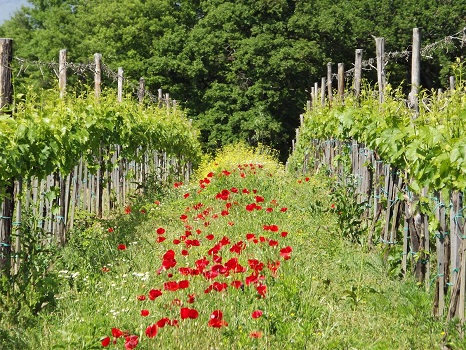
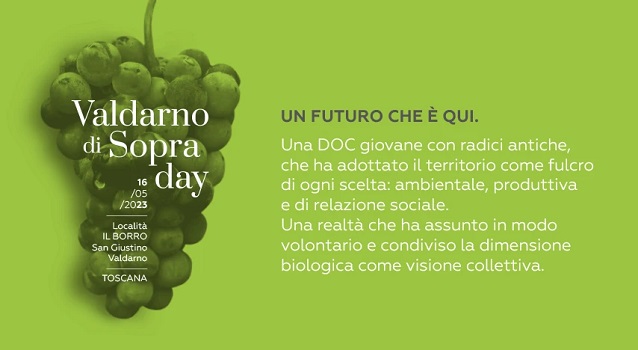
In anticipation of this confrontation, and given the already long lead time for the practice to come to a halt, the Consortium previewed the logo of the new association "Produttori VigneBio Valdarno." The association brings together all producers already under organic status by signing a voluntary regulation that complements and complements the official specification, thus enabling the communication of the message of organic choice and full sustainability of the denomination to be strengthened.
In conclusion
As we wait for ecological awareness to penetrate even deeper into the community bureaucratic system, the results achieved by the Valdarno di Sopra allow us to look with optimism to the near future. A future that sees an ever-increasing attention and awareness towards organic products on the part of end consumers, with positive commercial implications, especially when it is an entire production district that presents itself as a champion of sustainability in favor of general well-being.

 Italiano
Italiano








